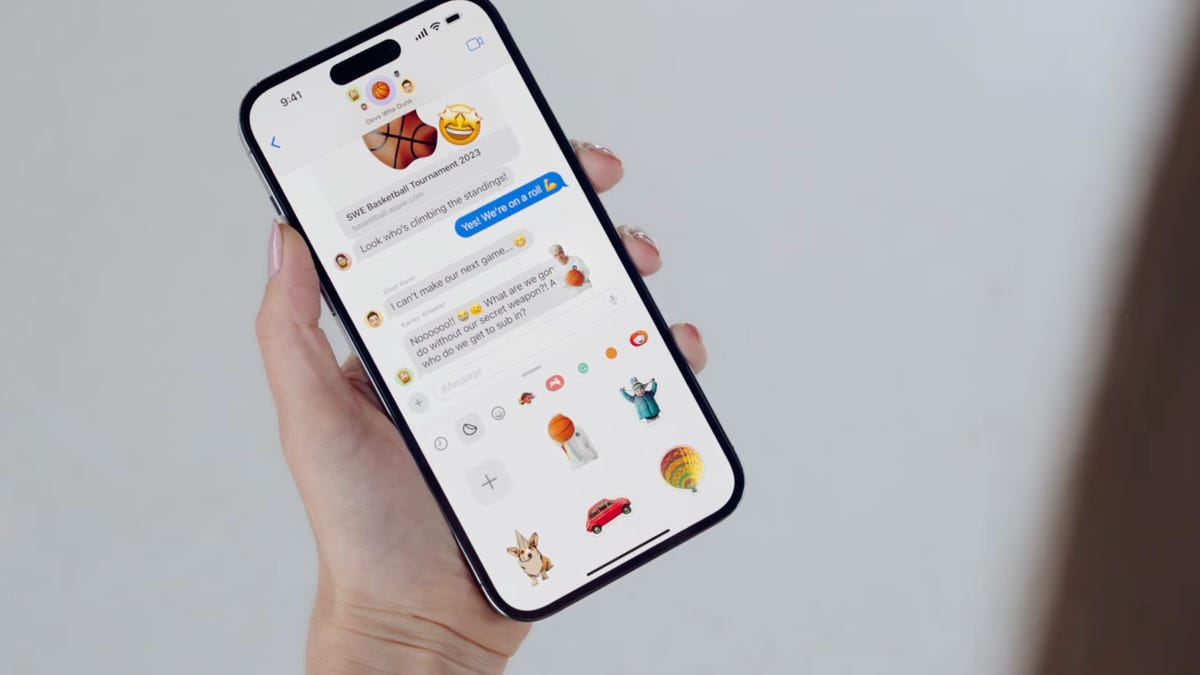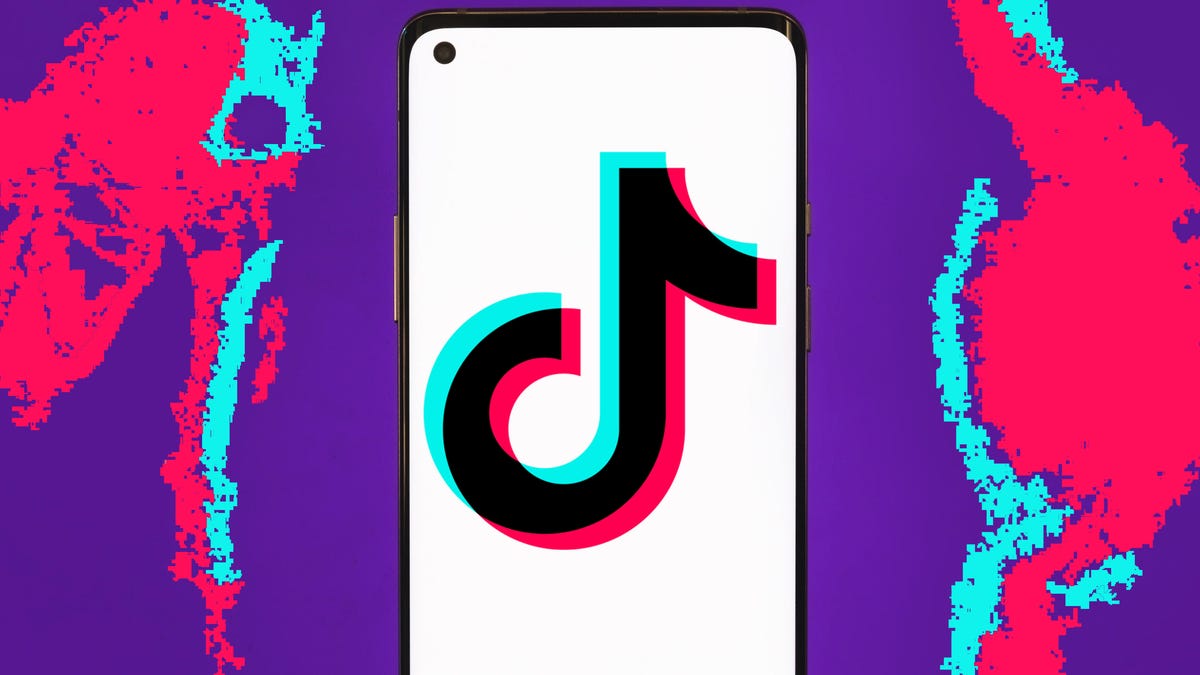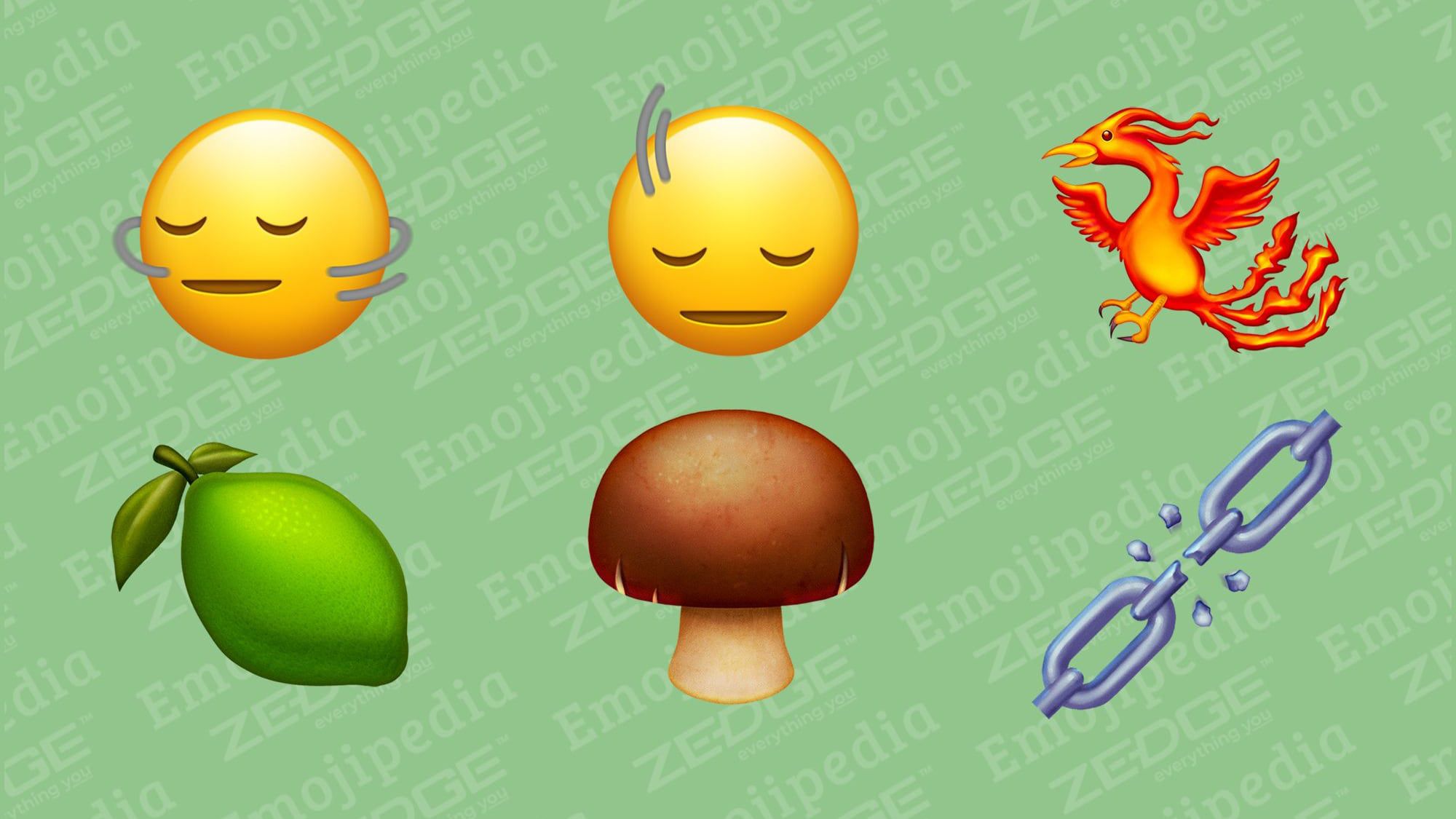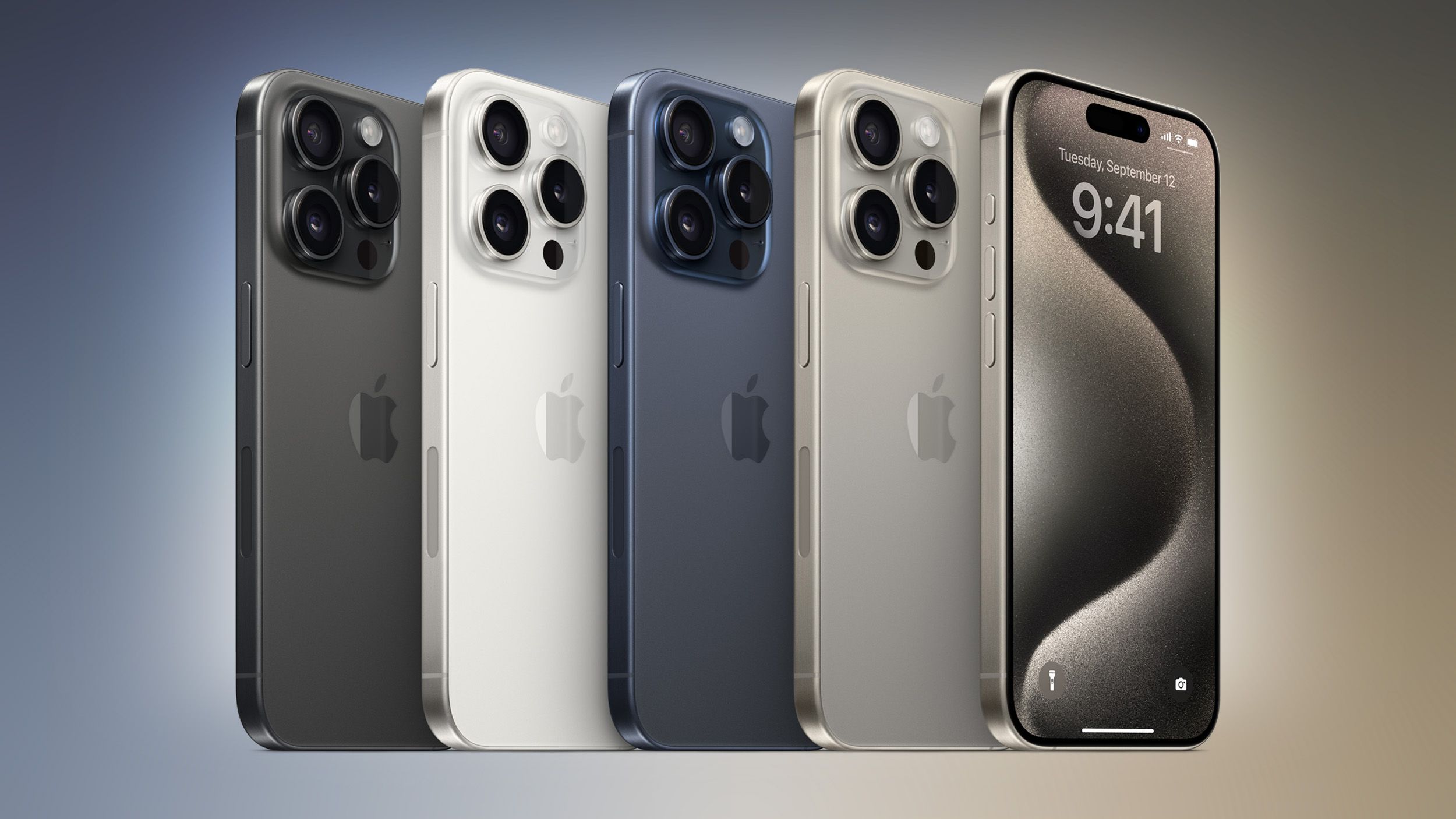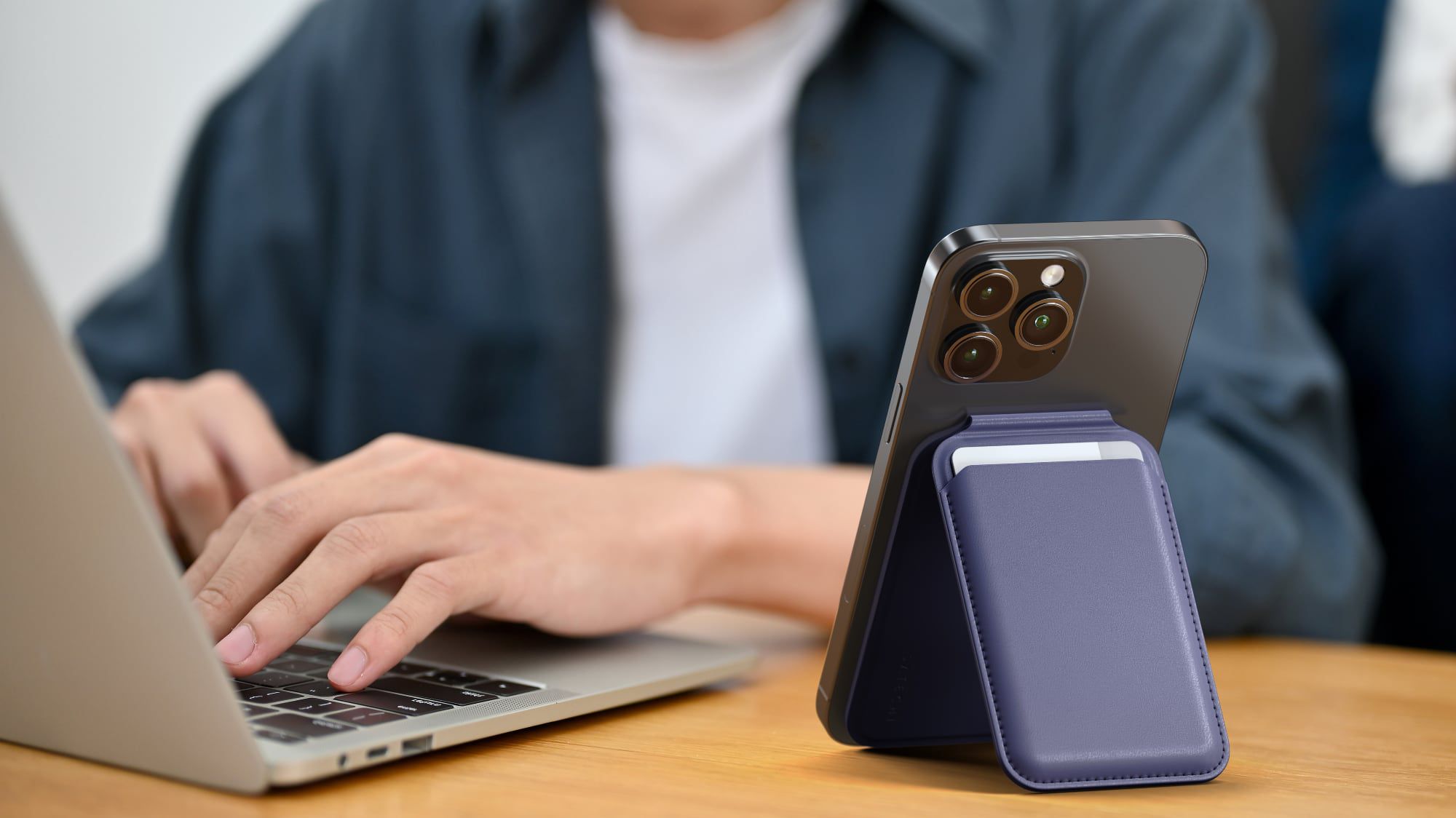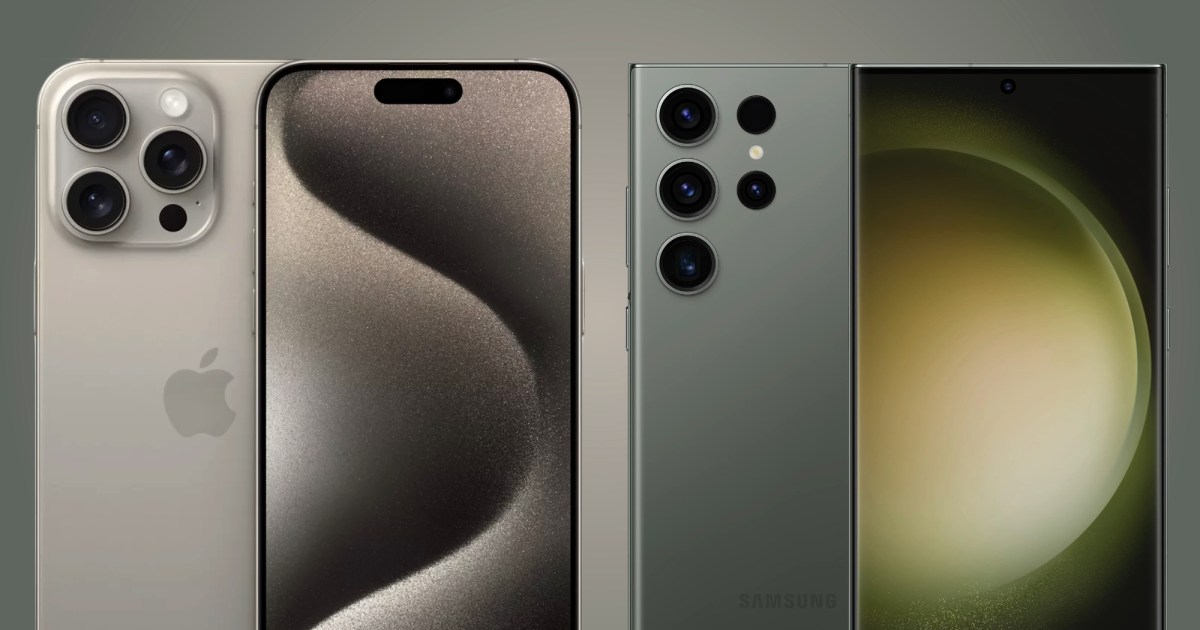Best smartphones for 2023
Best smartphones for 2023
Choosing the Perfect Smartphone: A Comprehensive Guide
Choosing the best smartphone that meets all your needs can be a daunting task. With numerous brands offering similar features at similar prices, it can be challenging to determine which device actually has the features you want. If you have already decided on an iPhone, your decision-making process is slightly easier. However, even within Apple’s lineup, there are more options than ever before. For those considering Android, the options are even more extensive, leading to more questions. How important is a camera with long optical zoom? Do you value intuitive AI that can screen your incoming calls for you?
At ENBLE, we test smartphones all year round and can help you make sense of what’s available and what to look out for. In this article, we will guide you through the process of choosing the perfect smartphone and provide our top picks to help you narrow down your shortlist.
Android or iOS?
When searching for the ideal smartphone, it becomes clear that each operating system (OS) has its pros and cons. Apple’s tight-knit ecosystem makes it incredibly easy to share data between iPhones, iPads, and Macs or seamlessly hand-off phone calls or music from one device to another. However, this also means you are effectively locked in, as services like Apple Messages aren’t available on other platforms.
On the other hand, Android offers a much wider range of handsets from various companies like Google, Samsung, Sony, and more. However, Android phones don’t enjoy the same length of software support and often have lower trade-in values. Ultimately, there is no wrong answer when choosing between Android and iOS. However, it is crucial to consider how your phone will fit in with the rest of your devices. Unless you’re extremely dissatisfied with your current OS and willing to learn another, it may not make much sense to switch from an iPhone to an Android phone (or vice versa), especially if everyone else in your household is using the same platform.
Cameras
Since smartphones have become our primary cameras, figuring out what kind of photo tools you want is key. These days, practically every mobile phone can take great pictures in bright light. However, if you want a long optical zoom, you may need to upgrade to a more expensive device.
Mid-range phones typically have two rear cameras (a primary wide-angle lens and a secondary ultra-wide camera) and can sometimes struggle in low-light situations. Each phone maker also offers various features that might be a better fit for your style. For example, Apple offers four different color presets on the latest iPhones, while Google’s Pixel 7 comes with neat tools like dedicated long exposure and action pan modes.
Will you get 5G or Wi-Fi 6?
Most phones in 2022 have at least 802.11ac Wi-Fi and support for one or more types of 5G connectivity. However, if you want the fastest wireless speeds available, it will cost you a bit more. For example, mmWave 5G offers up to gigabit download speeds, less latency, and better bandwidth on certain networks. But mmWave 5G requires more sophisticated (and pricier) modems, so it is often missing from budget and mid-range handsets like the iPhone SE.
It’s important to note that mmWave 5G is not as widely available as other versions of 5G. Therefore, depending on your location and network, you may not be missing out on much if you buy a phone that doesn’t support it. The same goes for Wi-Fi 6 and Wi-Fi 6e, which are available on high-end devices but harder to find on less expensive handsets. Wi-Fi 6 also requires a compatible router, so unless you have a specific use case in mind, the lack of support for mmWave 5G or Wi-Fi 6E shouldn’t be a dealbreaker when looking for a new phone.
Other features to consider
Because everyone has different preferences on what makes the best phone, it’s essential to think about any other specs that might be extra important to you. Mobile gamers, for example, will appreciate the 120Hz refresh rates offered by phones like the Samsung Galaxy S23 or the Apple iPhone 15 Pro. If long battery life is crucial, larger iPhones or Android phones with batteries between 4,000 and 5,000 mAh would be a better fit. Additionally, having a phone that supports reverse wireless charging can be convenient for those juggling multiple devices.
Our Top Picks
Best iOS smartphone: iPhone 15 Pro
The iPhone 15 Pro and Pro Max offer significant improvements over their predecessors. With a smaller, lighter titanium build, the iPhone 15 Pro Max is more accessible to a broader range of shoppers. The new 5x telephoto camera also helps Apple catch up to flagship Android phones that have had zoom lenses for years. Overall, the iPhone 15 Pro and Pro Max possess excellent cameras, updated portrait effects and editing tools, and robust performance thanks to the A17 Pro chip. With features like the Action Button and USB-C charging, these iPhones are not only solid upgrades but also among the best phones available.
Best Android smartphone: Samsung Galaxy S23 Ultra
The Galaxy S23 Ultra is a super-premium flagship phone that has everything you could want or need. It features a gorgeous 6.8-inch AMOLED display, a speedy Snapdragon 8 Gen 2 chip, longer battery life, and a built-in S Pen. The phone’s main camera has a huge 200MP sensor, improved OIS, 8K/30fps video recording, and additional photography tools. Though the price is steep, the Samsung Galaxy S23 Ultra stands out as the best Android phone on the market.
Best mid-range Android smartphone: Google Pixel 7a
The Google Pixel 7a offers everything you could ask for in an affordable phone. It features a faster Tensor G2 chip, a smoother 90Hz display, and support for wireless charging. With a refreshed design, water resistance, and long-term software support, the Pixel 7a is a fantastic mid-range option, especially for those who prioritize affordability.
Best mid-range iPhone: iPhone SE (2022)
The iPhone SE (2022) may have a dated design, but it compensates with the powerful A15 Bionic chip, iOS 15, and Touch ID. While it may lack some features found in higher-end models, the iPhone SE delivers solid performance and takes great pictures. It is an excellent choice for iOS enthusiasts on a budget.
Best camera on a smartphone: Pixel 7 Pro
The Pixel 7 Pro is our top pick for the best camera phone. With its versatile triple rear camera system, Google’s flagship smartphone excels in capturing stunning photos in various conditions. Its Night Sight feature stands out in low-light photography, and additional tools like Magic Eraser and Motion effects make the Pixel 7 Pro a joy to shoot with.
Best foldable for multitasking: Samsung Galaxy Z Fold 5
The Galaxy Z Fold 5 remains the best flexible phone on the market. It offers native stylus support, improved brightness, expanded multitasking capabilities, and a redesigned hinge. With its stunning 7.6-inch main display and innovative features, the Galaxy Z Fold 5 is the top choice for multitaskers.
Best foldable for selfies: Samsung Galaxy Z Flip 5
For those in the market for a flip-style foldable, the Samsung Galaxy Z Flip 5 is the clear winner. With a larger external display and superior cameras compared to its competitors, the Galaxy Z Flip 5 provides an excellent user experience. Its ability to act as its own tripod and the convenience of Samsung’s open-palm gesture make it a standout choice for selfie enthusiasts.
FAQs
How do I know which smartphone is the best for me?
Choosing the best smartphone largely depends on how you plan to use the device. If your smartphone is your most-used gadget, investing in a higher-end phone will provide better overall performance, high-quality cameras, and longevity. If you don’t use your phone for everything, you can compromise on performance and features and opt for a more affordable handset.
How much does a smartphone cost?
Prices for smartphones range from $300 to over $1,500. Budget phones usually compromise on performance, design, camera capabilities, and extra features. The most expensive phones offer powerful processors, advanced camera setups, and innovative designs. Most people will find a smartphone within the $500 to $1,000 range that suits their needs.
What can you do on a smartphone?
Smartphones are versatile devices that allow you to perform various tasks, such as checking email, browsing social media, making contactless payments, and navigating with maps. Smartphones also serve as high-quality cameras, replacing the need for compact cameras. They encompass the fundamental features of making phone calls and texting while offering additional functionalities.
How long do smartphones last?
Smartphones can last for several years, especially as people are holding onto their phones longer than ever before. Software updates and battery life are key factors that affect smartphone longevity. Apple promises five years of software updates for its latest iPhones, while Google offers the same for its Pixel phones. Samsung phones receive four years of Android updates from their launch. However, charging speeds and battery life can deteriorate over time as the battery goes through regular cycles of usage and recharging.
In conclusion, choosing the perfect smartphone involves considering factors such as the operating system, camera features, wireless connectivity, and other personal preferences. By analyzing these aspects and exploring our top picks, you can find a smartphone that meets your needs and delivers an exceptional user experience.
